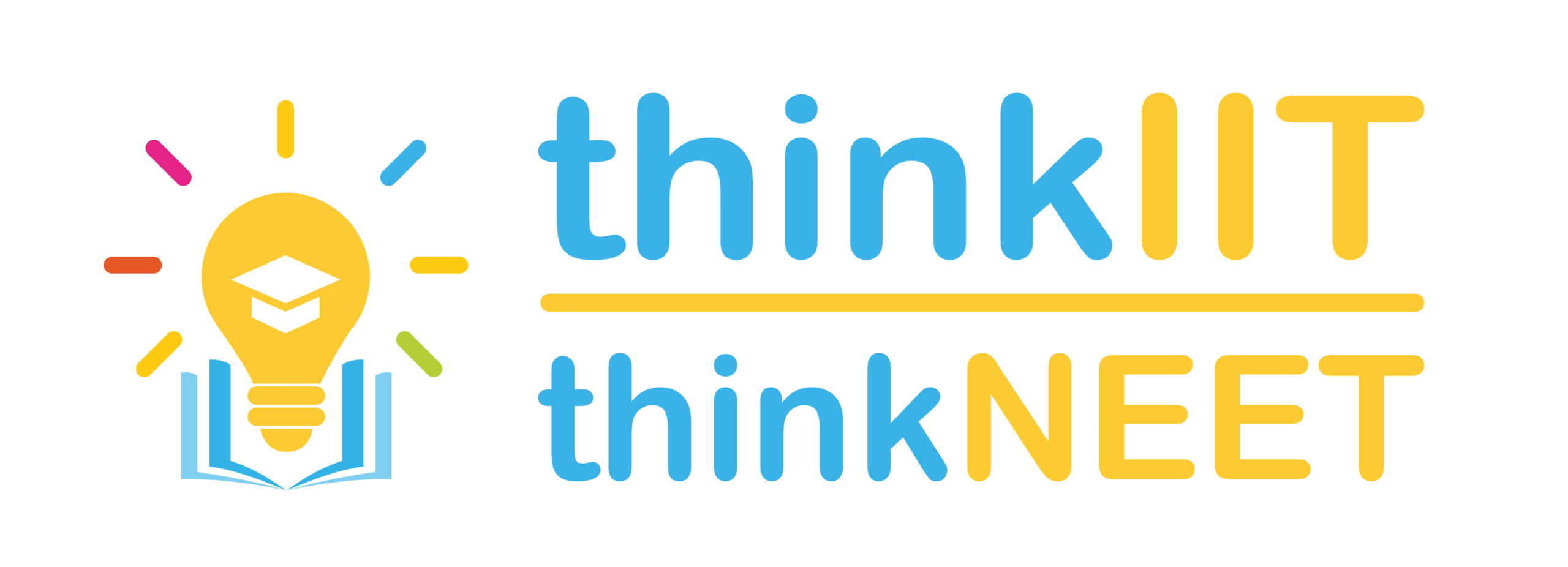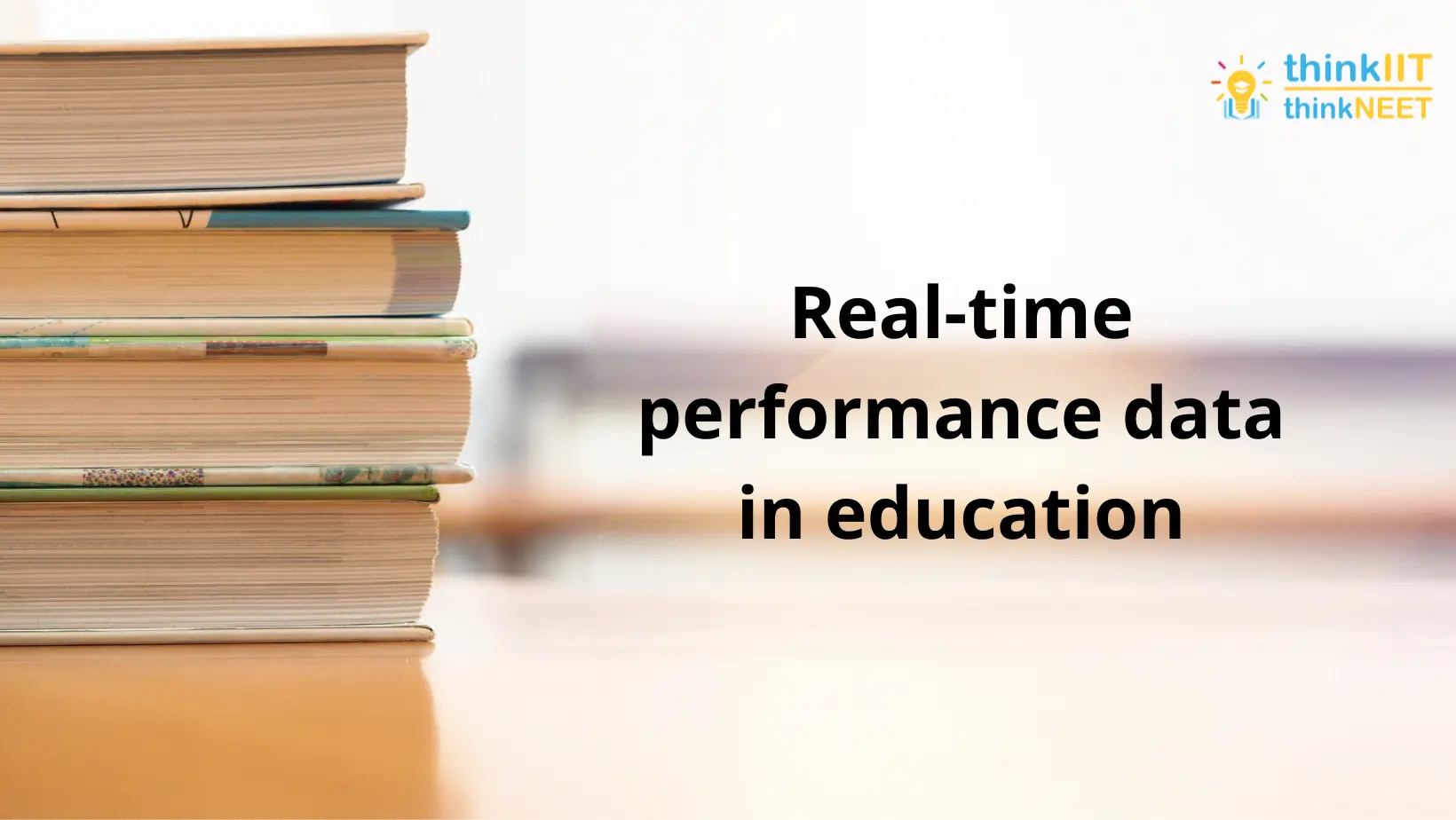Data in education
Data-driven decision-making allows for the more accurate evaluation of programs, resources, and interventions to help students, schools, and districts succeed. Data is also used by state and federal governments to draught legislation that focuses on student achievement, progress, and meeting the state and district’s specific needs.
When big data is widely used in the educational space, it will revolutionize the way students learn and teachers teach. The US Department of Education (DOE), in collaboration with other organizations, has committed $200 million to promote the use of big data analytics in education.
Let’s look at some of the aspects of education that big data has the potential to improve.
Consider educational data as a machine that takes in and processes information to aid in the educational process, producing outputs such as progress, success, and achievement. The use of data is contingent on critical inputs from parents, teachers, students, the district, and the state.
Data inputs can range from teacher quality to student demographics, while data outputs can include things like attendance, grades, assessment scores, and graduation rates.
When data is properly interpreted, it can be used to better understand individual student needs and differentiate instruction. Data analysis aids teachers in gaining a better understanding of their student’s learning abilities and challenges, as well as facilitating an ingrained cultural process that employs detailed inputs (information) to ensure optimal outputs (results for students).
What Is Real-Time Data Analytics?
Data that is collected and disseminated in real-time is known as real-time data. Rather than gathering data and then processing it for analysis, data is pushed out, cleaned, and analyzed almost immediately.
Real-time data analytics is frequently carried out using edge computing. Users can reduce latency by analyzing data as close to the source as possible, receiving information, and making decisions more quickly.
What can it do for Education? Let’s take a look.
Analytics on student success parameters:
What factors play a role in a learner’s success? With the help of big data analytics, new insights can be gained. Attendance, frequency of contact with teachers, and the amount of time it takes to complete a task can all have an impact. If a student performs better when his or her attendance rate is high, the link between the two should be highlighted.
If a student’s performance improves as a result of increased interaction with teachers, the student can be given more tasks that require interactive help from the teachers. A student’s performance varies depending on which peer group they belong to. All of these data point to possible interventions that could improve student outcomes.
Tweaking course content:
When students’ use of digital textbooks and course outlines is tracked in real-time, the quality of these tools can be improved. Different students will have different problems with specific content, which an algorithm can detect. It is possible to assess which course content is more or less difficult to understand, and useful feedback in terms of course design enhancements can be provided.
Authors can also benefit from data such as how often a text is read, how many questions are asked on a given topic, how long it takes to read the text, and how many links are clicked for more information. If this information is available, authors can tailor textbooks and content to better suit students’ learning needs.
Individualized learning:
Big data analytics can help us better understand how each student learns on an individual level. Instead of high-stakes assessments or exams, a course’s final grade can be based on what the student learns in the course. This could lead to a shift in the educational system toward a more process-oriented approach rather than the current results-oriented approach.
When a student transfers to a new school, teachers are often at a disadvantage because they are unaware of the students’ weaknesses. Big data can enable data to be exchanged between a student’s previous school and current school, allowing the teacher to properly guide the student.
Big data in reducing dropout rates:
Would it surprise you to learn that big data analytics can be used to reduce educational dropout rates? Dropouts cost a lot of money in a lot of ways. Yes, there are notable examples, such as Bill Gates, Larry Ellison, and others, who rose to prominence despite educational challenges.
However, they make up a very small percentage of dropouts, with the vast majority of them finding it difficult to make a living. They might have been positioned to succeed in their academic activities had been closely monitored, given immediate feedback, and tutored based on their skills during their college years. This is where big data analytics comes in.
Conclusion
Understanding data terms and the role of data is essential for ensuring systemic functionality and cultural integration of data use for student and school success. Data collection, accuracy, analysis, and interpretation make it easier to identify accomplishments and interventions that will help students meet their academic needs.
Big data is already being used in educational settings, which is a growing trend. There are concerns about learners’ and teachers’ privacy, which is an important consideration as we move forward, and privacy controls and rights must be incorporated into the implementation of these tools.
Because data is everywhere, it must be reviewed and analyzed objectively to communicate accurate information. The information should be cross-functionally shared with teachers, parents, administrators, and district leaders to ingrain the value of data into the cultural operations of the educational system. These systems work together to improve the overall success of the district, state, and federal systems.
The University of Tasmania is another example of how big data is being used in education. This university has more than 26,000 students, and it has implemented a learning management system (LMS) to track how each student uses the facility to learn. This system determines when the student logs in, how much time is spent on each page, and the student’s overall progress.
In this article, we’ve focused on how big data can help students learn, but what if the same technology was used to help teachers improve their performance? In the coming years, we are likely to see benefits on both sides of the student-teacher relationship, thanks to the rapid development of analytics technologies.
Powered By thinkIIT




